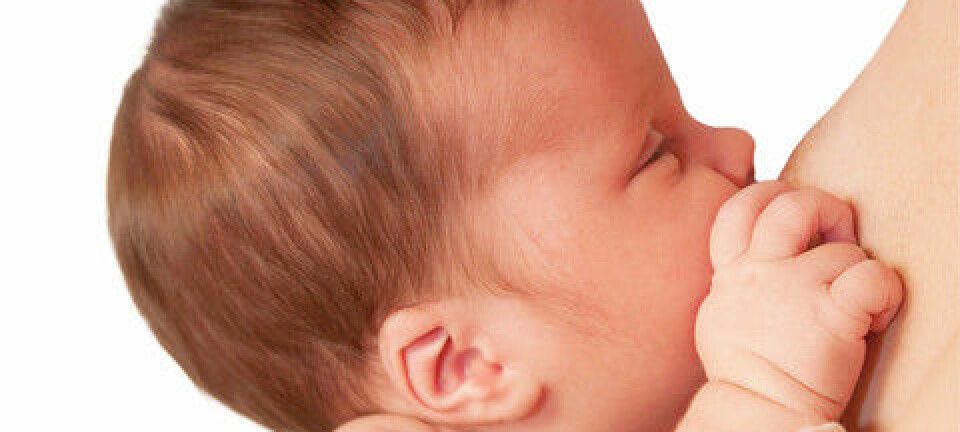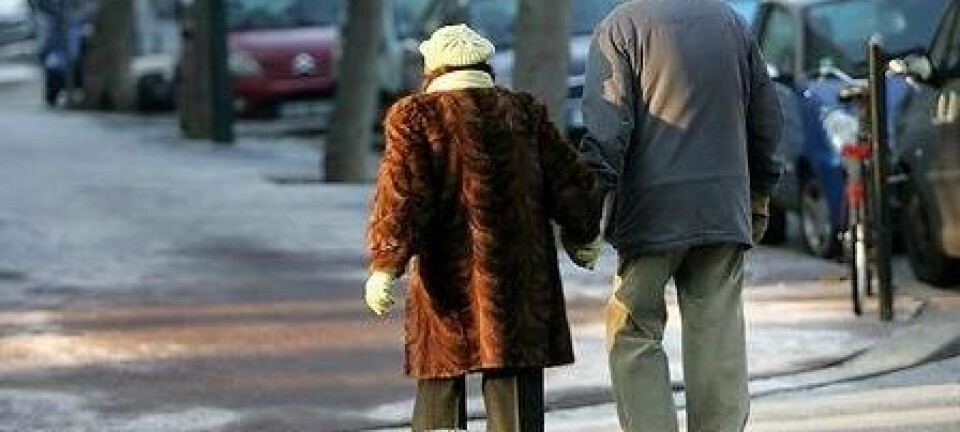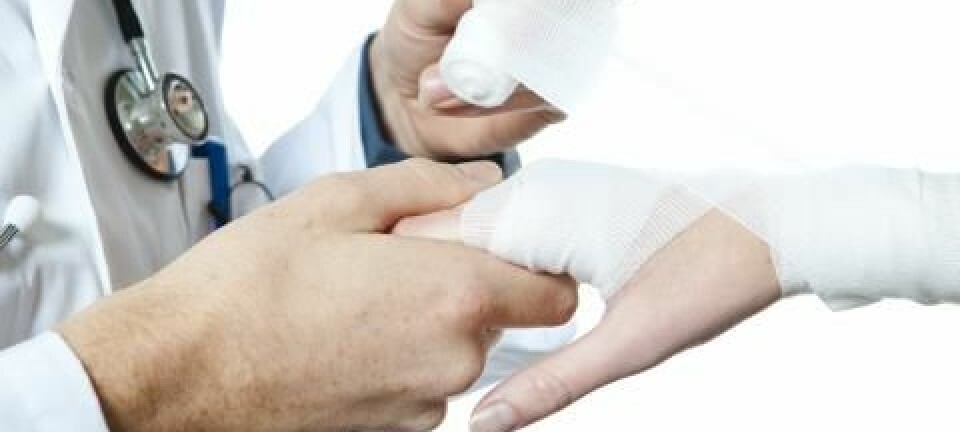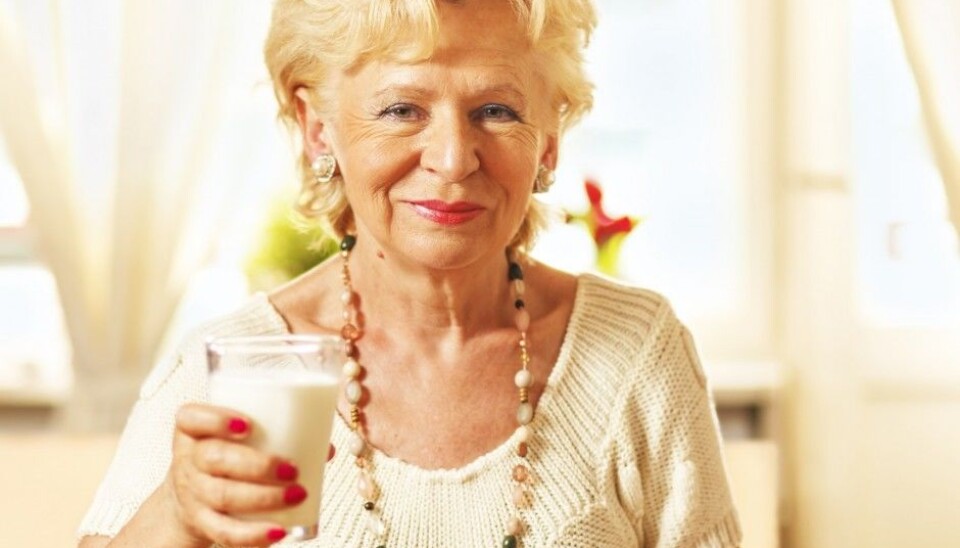
Milk is a poor preventer of osteoporosis
Elderly people with calcium-rich diets are not better protected against broken bones.
Norway is one of the countries with the highest number of osteoporosis diagnoses per capita.
Osteoporosis is a condition that leads to loss of bone mass and thereby a higher risk of incurring serious bone fractures. Older people are the most prone to have this loss of bone tissue and break their bones — too often with tragic results that can lead to death.
Coaxed by the dairy industry’s advertising, new generations continue to be convinced that to protect against osteoporosis in their old age they should maintain a solid intake of milk and other dairy products ― sources of calcium.
The research from several relevant studies on the relationship between calcium and osteoporosis has been compiled and summed up in what is known as a meta-study.
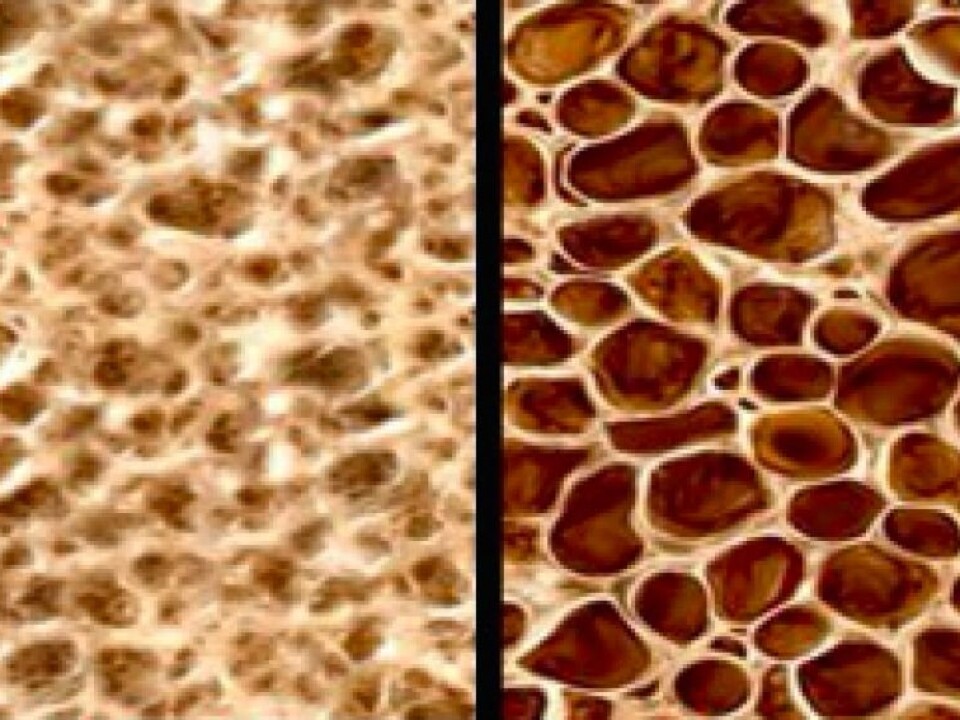
The conclusion: Persons over 50 who consume a lot of milk, cheese or yoghurt run the same risk of fractures ― broken bones ― as people with lower calcium intakes.
No link found
Studies fail to show that a high intake of calcium in a diet helps prevent fractures, according to a summary of research projects published in the British Medical Journal.
The article also states that so-called proofs claiming calcium supplement tablets can help prevent bone fractures are weak and inconsistent.
The researchers write that international research on calcium has failed to find that vitamin D supplements in milk enhance the drink’s capability of preventing osteoporosis.
Milk raised mortalities
One of the research projects which the meta-study was based on comprised several thousand elderly Swedes and was made public last year.
It found that – on the contrary – there was a link between drinking lots of milk and increased mortalities among the elderly. Swedish women who drank the most milk were the ones most likely to sustain bone fractures.
Professor Karl Michaelsson of Uppsala University concluded that it is high time for health authorities to reconsider their recommendations of milk drinking.
Health Directorate’s recommendations
The Norwegian Directorate of Health currently calls for a supplement of 500-1000 milligrams of calcium per day in its dietary recommendations to help hinder a certain degree of age-related loss of bone mass among post-menopausal women.
In 2012 the Directorate found that the average intake of calcium in Norway is a little over 800 milligrams per day.
Norway at the top
Norway is a world leader in bone fractures. The most serious of these in this context are hip fractures. An average of 9,000 Norwegians break their hips every year. That amounts to over one hip fracture per hour, year round.
Most of these fractures occur among women with reduced bone mass. The risk of fractures rises severely from the age of 70.
Elderly people in Oslo are worst struck. According to the Norwegian Institute of Public Health, half of all women and a quarter of all men in the capital will suffer at least one broken bone after the age of 50.
A calculation from 2012 concluded that hip fractures cost Norwegian society about $250 million a year.
Not understood
It isn’t known why Norway is at the top of the broken bone heap.
A possible partial explanation could be that on average Norwegian women have lower body weights and are taller than, for instance, women in the south of Europe.
But this does not account for the big disparity in fracture rates between Norway and other countries, concludes a Norwegian study from 2001.
-------------------------------------
Read the Norwegian version of this article at forskning.no
Translated by: Glenn Ostling
Scientific links
- Mark J Bolland et al: Calcium intake and risk of fracture: systematic review. The BMJ, September 2015. doi: http://dx.doi.org/10.1136/bmj.h4580.
- Karl Michaëlsson et al: Milk intake and risk of mortality and fractures in women and men: cohort studies. The BMJ, October 2014. doi: http://dx.doi.org/10.1136/bmj.g6015.
- Lofthus et al: Epidemiology of hip fractures in Oslo, Norway. Bone, 2001.







